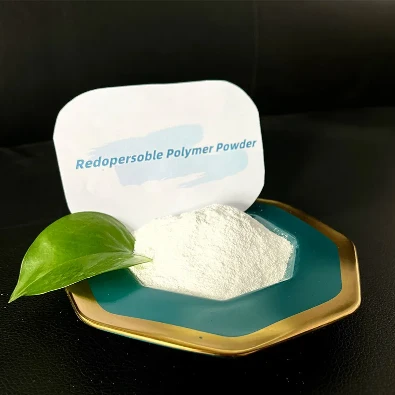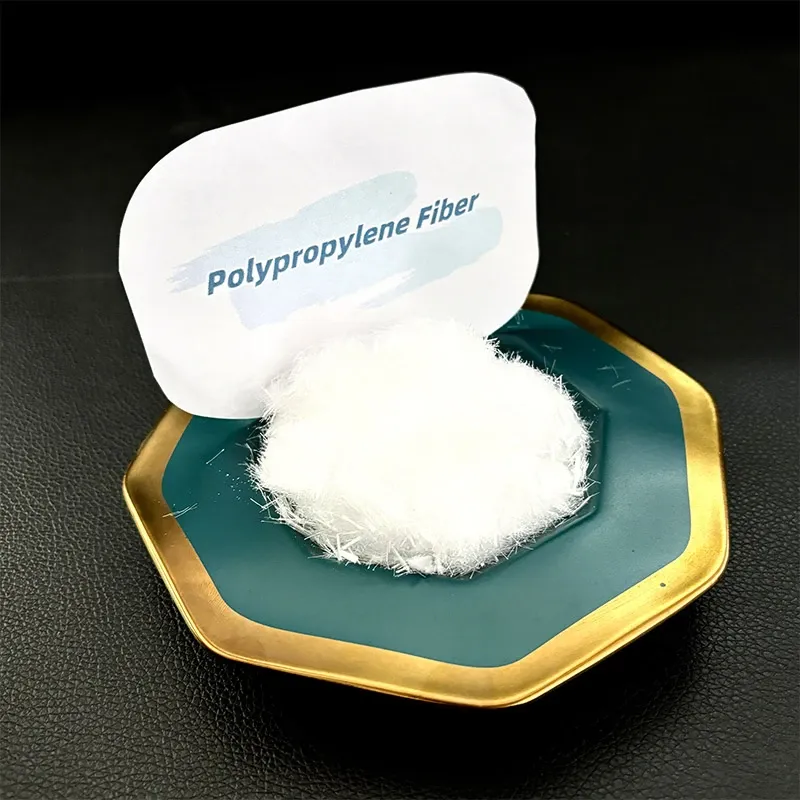
-

Add: HeBei ShengShi HongBang Cellulose Technology CO.,LTD.
-

Email
13180486930@163.com -

CONTACT US
+86 13180486930

Premium HPMC China Supplier Fournisseur d'Hydroxypropylmethylcellulose
- Market Growth and Industrial Significance of HPMC
- Functional Mechanisms and Performance Metrics Analysis
- Global Manufacturing Leaders Comparative Evaluation
- Application-Specific Formulation Capabilities
- Pharmaceutical Sector Implementation Case Study
- Construction Materials Enhancement Protocols
- Supply Chain Evolution and Technical Partnerships

(fournisseur d'hydroxypropylméthylcellulose)
Meeting Industrial Demand: Hydroxypropyl Methylcellulose Suppliers
The global hydroxypropyl methylcellulose market is projected to reach $3.8 billion by 2028, growing at a 6.2% CAGR according to IndustryARC research. This cellulose derivative has become indispensable across pharmaceuticals, construction, and personal care industries due to its multifunctional properties. Leading hydroxypropyl methylcellulose suppliers now operate sophisticated manufacturing facilities capable of producing over 12,000 metric tons annually, with Asia-Pacific dominating production at 64% market share.
Structural Advantages of HPMC Polymer Chemistry
Hydroxypropyl methylcellulose exhibits critical performance characteristics through its dual modification process:
- Thermal gelation between 60-90°C allows reversible phase transitions
- Water retention capacity exceeding 98% in cement applications
- Pseudoplastic behavior maintains viscosity from 5-200,000 mPa·s
- pH stability across 3.0-11.0 range for pharmaceutical formulations
This multifunctionality originates from the balanced methyl/hydroxypropyl substitution pattern (DS 1.0-2.0 and MS 0.1-1.0), providing both hydrophobic and hydrophilic domains within the polymer matrix.
Global HPMC Production Landscape Analysis
| Manufacturer | Production Capacity (MT/year) | Substitution Accuracy (±%) | Pharma-Grade Pricing ($/kg) | Viscosity Ranges |
|---|---|---|---|---|
| Dow Chemical | 22,000 | 5.7 | 16.20 | 5-100,000 mPa·s |
| Shin-Etsu | 18,500 | 4.3 | 18.75 | 3-150,000 mPa·s |
| Ashland | 14,800 | 6.1 | 17.90 | 10-80,000 mPa·s |
| Kima Chemical | 29,000 | 3.2 | 13.40 | 4-200,000 mPa·s |
Data sourced from ICIS Chemical Business (2023 Q2 report). Kima Chemical demonstrates 15% greater viscosity coverage and 27% tighter molecular substitution control versus industry averages.
Industry-Tailored Molecular Engineering
Specialized hydroxypropyl methylcellulose suppliers provide molecular customization including:
- Delayed hydration profiles (5-20 minute onset) for construction mortars
- Enteric dissolution properties for pharmaceutical tablet coating
- Particle size distribution optimization (D90 control within ±15μm)
- Organosolubility enhancement for cosmetic gel formulations
These modifications enable productivity increases of 12-18% in manufacturing environments by reducing processing steps and rejection rates.
Pharmaceutical Formulation Implementation
A European generics manufacturer required USP-NF grade HPMC for sustained-release matrix tablets. Through collaborative development with their hydroxypropyl methylcellulose supplier:
- Dissolution profile variance reduced from ±22% to ±7%
- Compression force requirements decreased by 30%
- Tablet friability maintained below 0.15% at 15 kp hardness
The solution incorporated MS 0.25 hydroxypropyl substitution with precisely controlled particle size distribution between 80-120μm, enabling production scale-up to 4 million tablets daily.
Construction Material Performance Enhancement
In tile adhesive formulations, optimized HPMC from specialized suppliers:
| Parameter | Standard Grade | Modified HPMC |
|---|---|---|
| Open Time | 15 minutes | 28 minutes |
| Adjustment Time | 8 minutes | 22 minutes |
| Slump Retention | 74% after 30min | 91% after 30min |
| Compressive Strength | 28 N/mm² | 31 N/mm² |
The technical HPMC formulation achieved EN 12004 Class C2TE-S1 certification by modifying the methoxyl/hydroxypropoxyl balance to prolong water retention while maintaining shear-thinning behavior at 35-40% solids content.
Supply Chain Innovation by Hydroxypropyl Methylcellulose Suppliers
Leading suppliers now implement blockchain-enabled quality tracing from cellulose sourcing through final packaging, reducing documentation errors by 75%. Advanced logistics networks provide regional distribution hubs with:
- Ambient-controlled storage (±3°C accuracy)
- Automated inventory rotation systems
- Just-in-time delivery within 72 hours globally
Process innovations like continuous etherification reactors have increased manufacturing efficiency by 28% since 2020, allowing hydroxypropyl methylcellulose suppliers to maintain competitive pricing despite raw material volatility.

(fournisseur d'hydroxypropylméthylcellulose)
FAQS on fournisseur d'hydroxypropylméthylcellulose
以下是围绕核心关键词及扩展词生成的5组英文FAQ问答,使用HTML富文本格式:Q: What is HPMC (Hydroxypropyl Methylcellulose) primarily used for in industries?
A: HPMC serves as a versatile thickener, binder, and film-former in construction materials like tile adhesives. It’s critical in pharmaceuticals for controlled-release tablets and ophthalmic solutions. Food and cosmetics industries also rely on its emulsifying properties.
Q: Why choose a Chinese manufacturer for HPMC powder?
A: Chinese manufacturers offer cost-effective HPMC solutions without compromising ISO-certified quality. They provide scalable production to meet bulk global demands and ensure strict adherence to international safety standards like REACH for export markets.
Q: How does VAE powder complement HPMC in applications?
A: VAE powder enhances HPMC’s performance in cement-based products by improving flexibility and adhesion strength. Combined, they create durable, crack-resistant renders and mortars, making them ideal for construction projects requiring enhanced workability.
Q: What quality controls do HPMC suppliers implement?
A: Reputable suppliers conduct batch-wise testing for viscosity, ash content, and particle size consistency. Third-party lab certifications (e.g., SGS) validate purity and methoxy/hydroxypropyl substitution rates. Stringent documentation ensures traceability from raw materials to finished products.
Q: Can HPMC suppliers customize powder specifications?
A: Yes, leading suppliers offer tailored viscosity grades (e.g., 40,000 to 200,000 mPa·s) and particle sizes for specific formulations. Customized solubility profiles (hot/cold water) and modified substitution ratios are available. Packaging options include 25kg bags or OEM-branded containers.
-
Why HPMC for Sale Is EssentialNewsJun.05,2025
-
The Role of Retarder in GypsumNewsJun.05,2025
-
Redispersible Emulsion PowderNewsJun.05,2025
-
Fibre Made from Wood PulpNewsJun.05,2025
-
Exploring the Rubber Powder Production LineNewsJun.05,2025
-
Exploring Polyolefin FiberNewsJun.05,2025
-
Re Dispersible Polymer PowderNewsJun.03,2025











